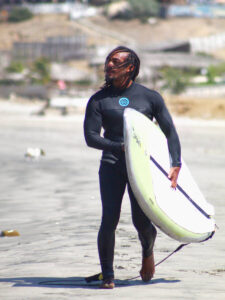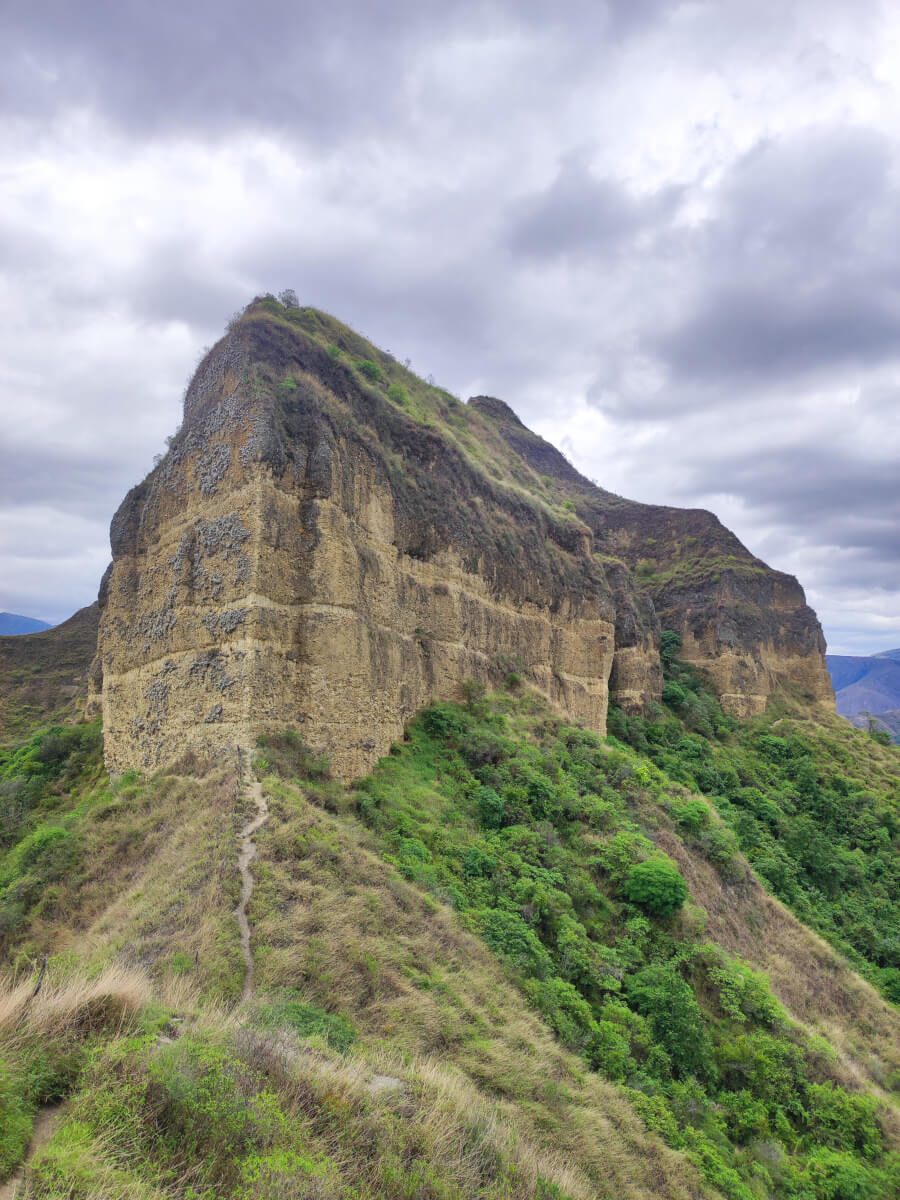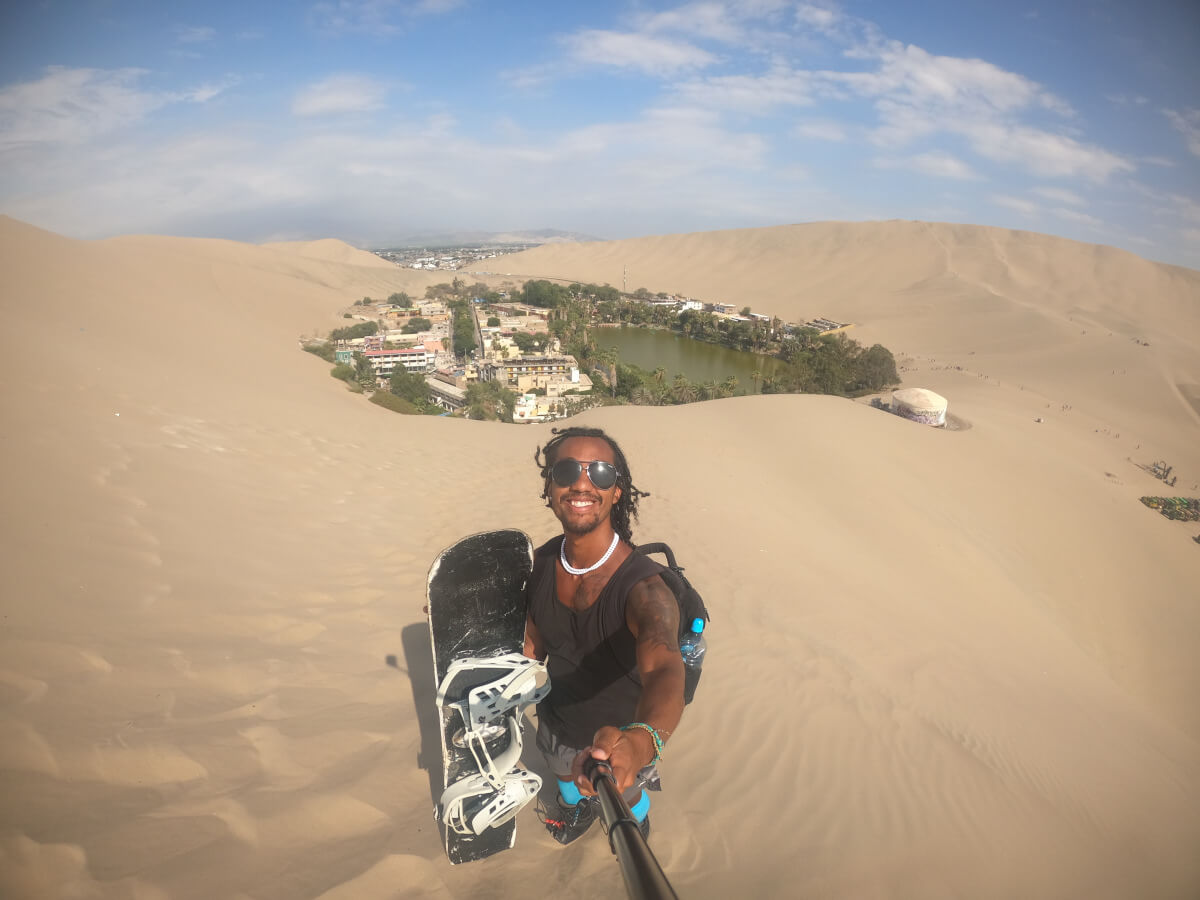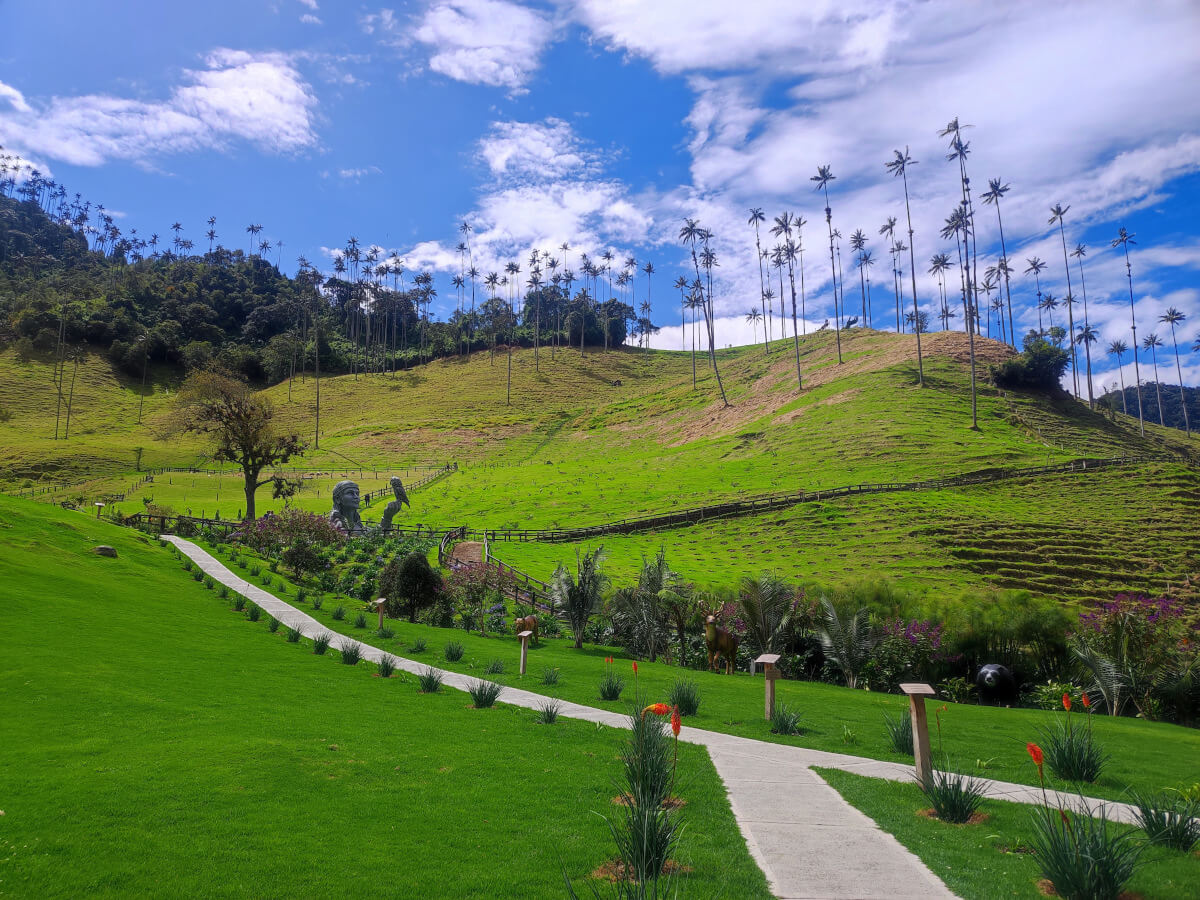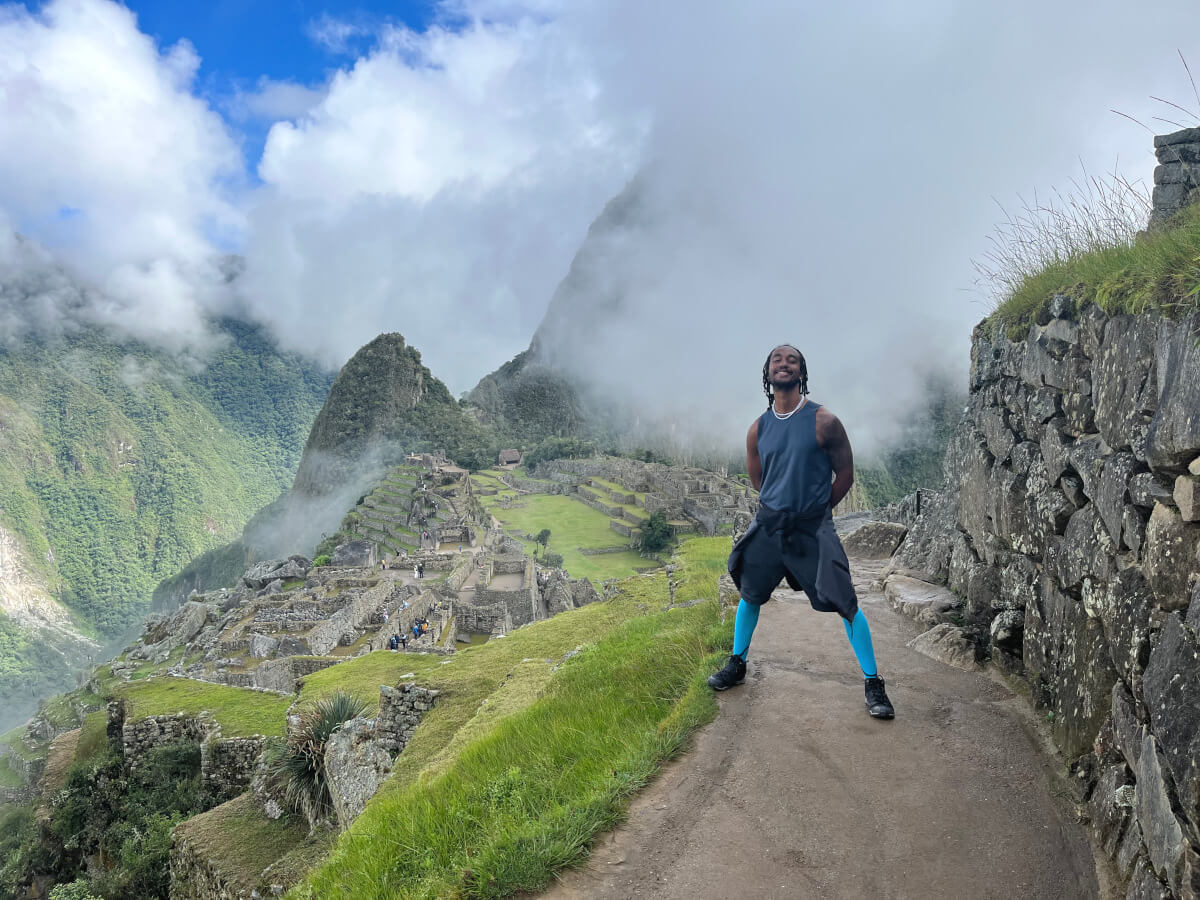Brazil feels like a continent(because it literally is one!!), with an area bigger than Europe. As someone born and raised there, I’ve had the privilege of exploring 17 of its 26 states. I’ve crafted this 3-week Brazil itinerary to help you experience the best of my home country.
It is a tough mission to create an itinerary for such a big country, but I accepted the challenge because most people visit Brazil for the first time and spend 2-4 weeks there.
Because Brazil is so big and diverse, I created two distinct itineraries to suit different travel styles.
The first focuses on the northeast and north, emphasizing beaches, colonial towns, the best Brazilian food (trust me, the best cuisine of my country is in the north), and the Amazon rainforest.
The second highlights the southeast and south, offering history, urban vibes, and natural wonders like Iguaçu Falls and Sugarloaf Mountain.
It is nearly impossible to squeeze all of Brazil’s highlights into three weeks, so these itineraries are designed to give you a small taste of its magic based on your preferences so you can go back later for an extended visit.
Without further ado, let’s dive into the journey!
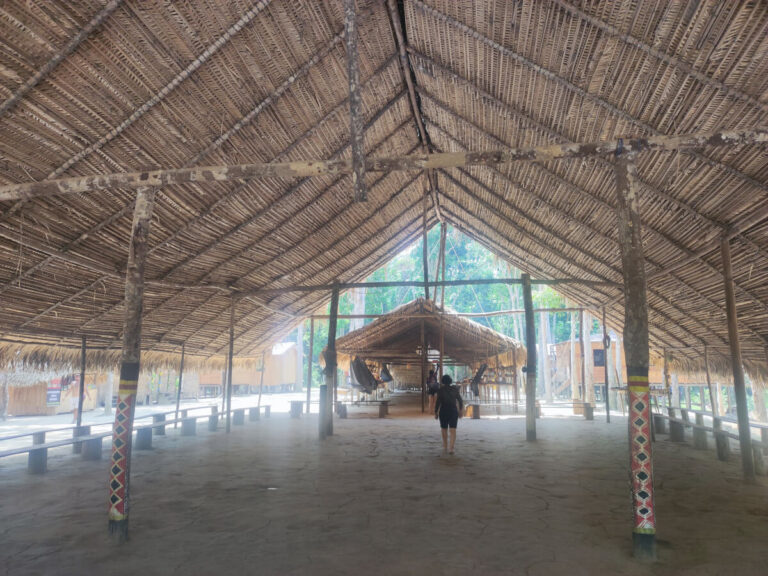
Table of Contents
About the itineraries
As I said, Brazil is so vast that traveling to its north and south feels like visiting two different countries. The northeast and north are best known for their tropical climate, Afro-Brazilian culture, and beach vibes. Meanwhile, the southeast and south offer a mix of European influences, cosmopolitan cities, and cooler temperatures.
Each region has its own unique charm and experiences, making it hard to cover everything in just three weeks. Still, it is better to spend three weeks exploring Brazil than none.
In the northeast, infrastructure can be less developed, and poverty is more visible, but the warmth of the people and the richness of the culture more than makeup for it.
In the south, cities are more modern and organized, but the cost of living and travel can be higher.
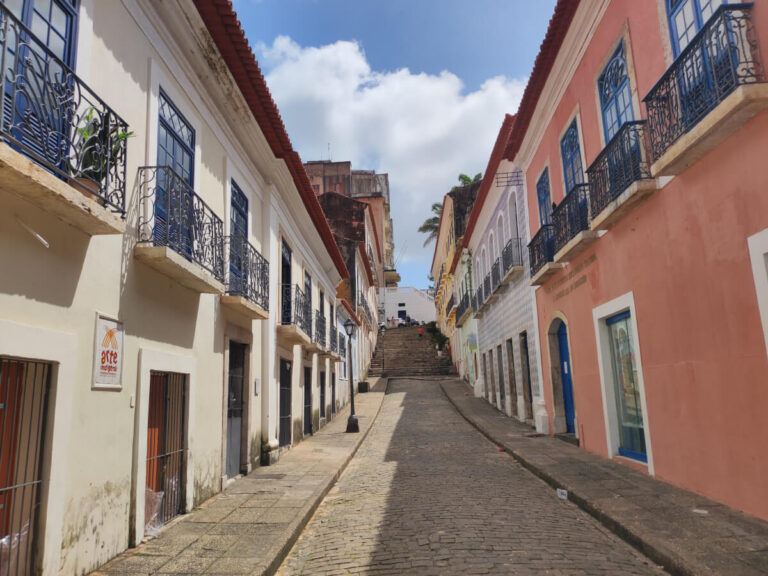
The differences in cuisine are also clear. The northeast is famous for dishes like moqueca (seafood stew), acarajé (fried bean dough with shrimps), and tapioca. In the south, the food reflects European influences, with heavy dishes like churrasco (barbecue), sausages, and Xis Gaúcho (bread stuffed with meat and many other ingredients, similar to a hamburger).
The landscapes are also distinct and prove how diverse Brazil’s ecosystem is. The northeast has several wonderful beaches, lagoons, and, of course, the surreal dunes of Lençóis Maranhenses.
The south, on the other hand, offers green hills and waterfalls. The beaches in Florianopolis are famous for their calm waters, but there are also some spots with regular swells and good currents.
Exploring both regions helps to understand the complexity of Brazil’s diversity deeply, but if you have only three weeks, which one should you choose?
Let me explain each itinerary to you so you can make your decision.
Itinerary 1: Northeast & North Brazil
The first option of this Brazil itinerary for 3 weeks is good for those looking for a more authentic experience. Why are the northeast and north more authentic, you may ask? The reason is that the Afro and Indigenous cultures that shaped the country still have a strong presence there.
European culture in the South is strong due to the immigration of Germans, Poles, and Italians. European influences are easy to see when walking around, observing the architecture of the buildings, gastronomy and celebrations in the region.
The north and northeast have a warmer climate, so many places are good for a beach gateway and water sports.
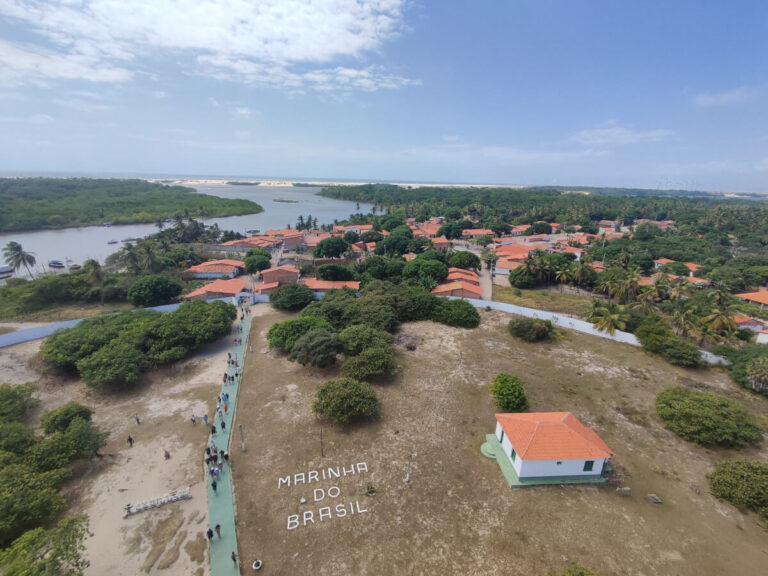
Salvador (3-4 Days)
Salvador is the core of the Afro-Brazilian culture, a city where the mix between Indigenous, Africans, and Portuguese started. It is the place where you can feel the most authentic Brazilian vibes.
The cuisine in Salvador is rich and heavily focused on dishes with fish and meat. Acaraje is the most famous dish in the state. It is a fried bean dough with shrimp and salad sold by Baianas in traditional white dresses. If you are a rice and beans fan, prepare for a feast there. Brazilians love to mix these two, and their presence in their daily meals is strong!!
Among the things to do in Salvador, I recommend you walk around Pelourinho to learn more about the city’s history and how its culture was shaped. There are several nice beaches to explore, but the best ones start from Piata and go all the way north to Buraquinho. The beaches around Lauro de Freitas are calm, sandy, without rocks, and wide.
Don’t miss the chance to watch a Capoeira performance and visit one of the several churches. Take one day to relax at one of the beaches and visit the Farol da Barra.
Itacare (3 Days)
Itacaré is one of my favorite places in Brazil, and the reasons for that are simple: good vibes, affordable, laid-back place, and tons of nature around it. The town is a paradise for surfers, hikers, and anyone looking to escape the hustle and bustle of a big city.
Spend three days here reconnecting with nature and enjoying the slow pace of life. What makes Itacaré special is its people. If your Portuguese allows you to talk to locals or other travelers, you will meet many artistic people and others working on interesting projects.
Itacare is surrounded by coconut palms, waterfalls, and trails that lead to several beaches like Praia da Concha and Praia da Tiririca. It was once a fishing village but has grown into an eco-tourism hotspot.
Despite its popularity, it’s managed to maintain its charm and laid-back vibe.

Porto Seguro (1-2 Days)
Porto Seguro is where Brazil’s history began, and it is a must-visit in this Brazil itinerary for 3 weeks. It’s known as the birthplace of Brazilian culture, being the place where the Portuguese first landed.
Visit the Passarela do Álcool, a street with local bars, restaurants, and shops. Go back in time to explore the Historical Center and the Memorial of the Discovery, where you’ll find colonial buildings and the first church built in Brazil.
The nearby beaches, like Taperapuã and Mutá, are perfect for swimming and relaxing.
Porto Seguro is small, but it connects to other places in the region, like Trancoso, which is not included in this itinerary. From Porto, we will hop on a plane and fly north to the next destination.
Natal (4 Days)
Natal, the “City of the Sun,” is known for having good weather most of the year. The main landscapes around the city are sand dunes, beaches, and lakes. It’s a place for adventures, good food, and relaxation in this Brazil itinerary for 3 weeks.
My recommendation is to spend four days exploring its beaches and unique landscapes. Just outside the city, you’ll find Genipabu, a massive dune field where you can ride buggies and sandboard. Ponta Negra is a great beach to relax, and Morro do Careca, an enormous sand dune, is a symbol of the city.
Go to Camaroes and try one of the best shrimp restaurants I have ever been. Don’t take my word only; check their reviews on Google Maps; it is one of the best-rated restaurants I had a chance to experience.
Go on a day tour to Pipa or Maracajau; these places are worth seeing due to the beautiful nature there. Pipa is a place to spend many days, but for this itinerary, one day will be enough to give you an overview.
A fun fact about Natal: it’s one of the closest points in Brazil to Africa and Europe.
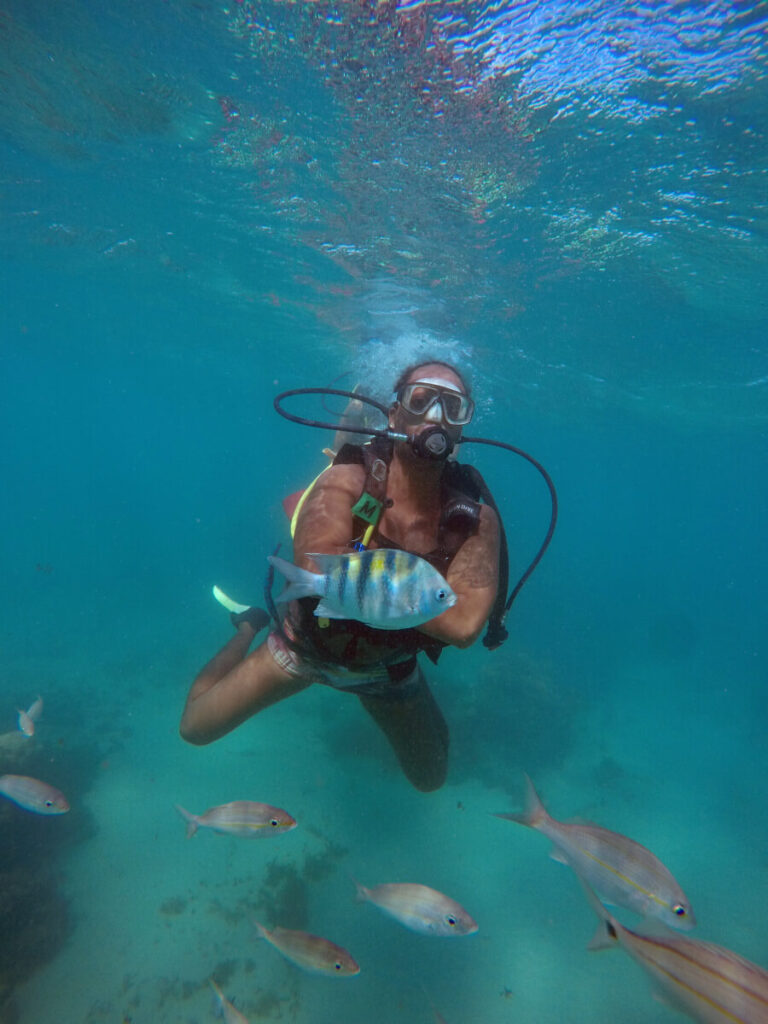
Fortaleza (2-3 Days)
Fortaleza is a city known for its culture, beaches, and food. As the capital of the state of Ceará, it’s a good base from which to spend five days or more in the city and/or explore the state. To fit in this Brazil itinerary for 3 weeks, 2 or 3 days will be enough to get a small taste of the area.
Spend one morning walking around the Historical Center and visiting the local museums to learn more about the region’s history. In the afternoon, go to Praia do Futuro, a long beach of golden sand with Barracas (beach bars). After the beach, you can watch the sunset at the Dunas de Sabiaguaba.
Don’t miss the Mercado Central, where you can shop for handmade crafts and try local snacks like cajuína (cashew fruit drink).
If you want more nature and excitement, you can get your hiking boots and go on a day hike to Guaramiranga or Serra da Pacatuba.
Jericoacara (2-3 Days)
Jericoacoara, or “Jeri,” was once elected one of the most beautiful beaches in Brazil. This beach town managed to keep a laid-back vibe even though it is one of the most famous destinations in the country.
You can walk to the Pedra Furada and visit the Duna do Por do Sol at the end of the day to watch the sunset with a great view. On the second day, you can explore the east side of the town and see the Paraiso and Azul lakes and the Prea Beach.
For more adventures, you should know that Kitesurfing and Windsurfing are famous activities in the area, so keep that in mind for a future visit when you have more time.
Spend your evenings enjoying fresh seafood at a beachfront restaurant. Jericoacoara offers a great escape from big city vibes.
Parnaiba (Bonus)
This is a bonus stop if you can stretch your trip by adding one or two days, depending on when you leave Jericoacara. The goal of visiting Parnaiba is to explore the Delta of Parnaiba and change a bit the landscapes.
The Delta’s vast and diverse ecosystem includes mangrove forests, sand dunes, lakes, and river channels. This unique Delta is one of the few in the world that opens into the sea.
You can easily find an agency in the city to organize a tour to explore the Delta, which will take an average of 7-10 hours, so spare an entire day for this tour.
While the city of Parnaiba itself is small, it’s worth a stop to visit the Delta and take an extra day to rest if you need to, depending on how active you were in the previous days.
After exploring the Delta, spend your evening enjoying fresh seafood in the city.
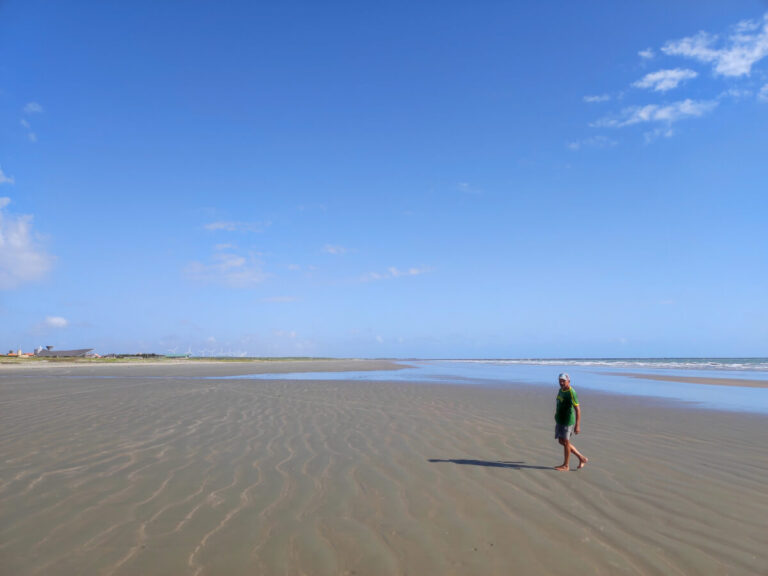
Lencois Maranhenses (1-3 Days)
Lençóis Maranhenses is one of the most surreal landscapes on Earth and a highlight of this Brazil itinerary for 3 weeks. Please don’t miss this place; this is truly a unique experience in the country. Read here about 10 reasons to visit this place.
This national park features endless white sand dunes with more than 4.000 lagoons, creating a view that feels like it’s from another planet.
There are two ways to appreciate this natural beauty: You can join a day tour and visit the main lake in the area, or go on a 3-4 day trekking adventure, crossing the park from east to west on foot. I recommend the latter option for a great immersion in this magical place.
During the rainy season (January to June), the lagoons fill with rainwater, creating a contrast against the bright white sand. Hike through the dunes and swim in the lagoons. Read more details about this adventure here.
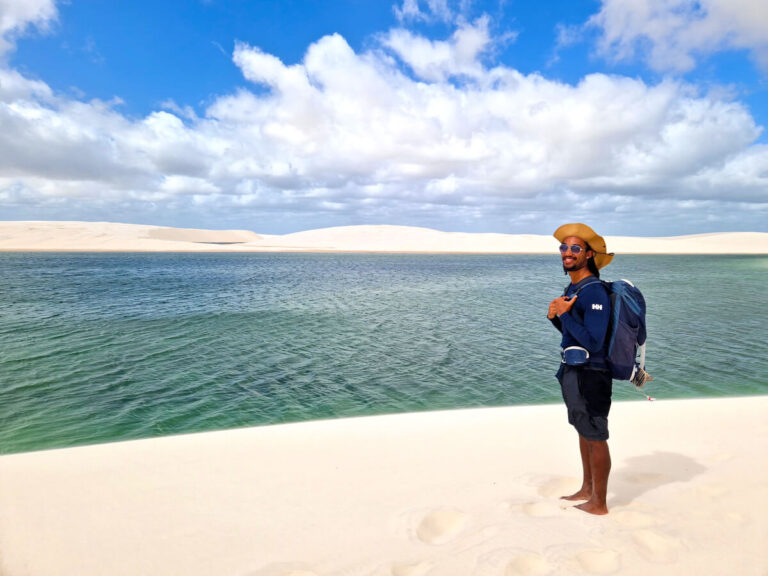
Sao Luis (1-3 Days)
São Luís is a capital city founded by the French, and its history is a mix of French, Portuguese, and African influences. This cultural mix is reflected in its architecture, music, and cuisine.
What makes São Luís special is its UNESCO-listed historic center, filled with colorful colonial buildings adorned with blue tiles. Join a walking tour to learn more about its history and culture.
Don’t miss the chance to hear local reggae music, which is hugely popular there. You can visit the Reggae Museum to learn about its influence in the state. It is the second biggest Reggae museum in the world after Jamaica.
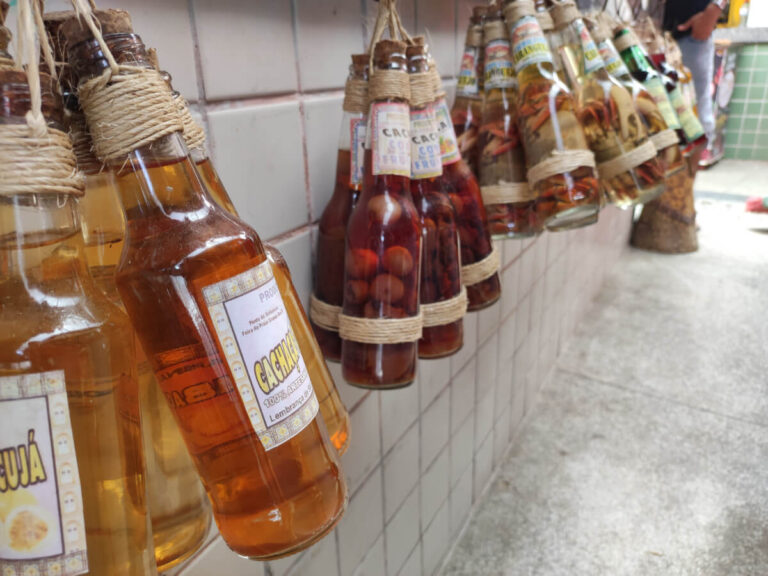
In São Luis, you will have the opportunity to try the real acai berry. The Tulhas Market is a good place for that experience. These berries have become widely famous in recent years. In the north of Brazil, people eat acai in a different way compared to the rest of the country and the world, where bananas, granola, and other ingredients are added.
For people in the north, there are only two ways to eat Acai: One is natural with farinha(a powder made from cassava root) and a protein source (shrimp or meat), and the other is simply with sugar.
São Luis is the last stop in this Brazil itinerary for 3 weeks in the north and northeast side. Rest a bit after the intense trek in Lencois, and take your time to explore the city. There’s an airport in the city where you can easily find a flight to your next destination.
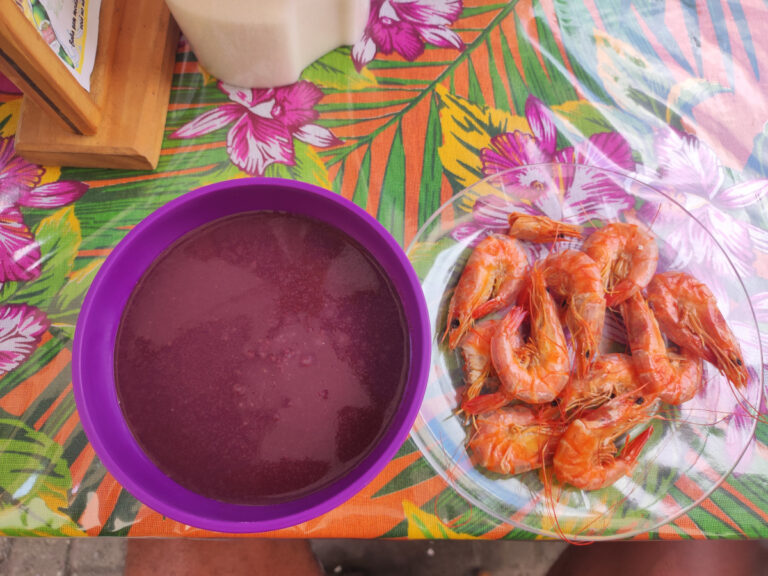
Itinerary 2: Southeast & South Brazil
This itinerary is for those looking to see a different side of Brazil. A side heavily shaped by the less warm weather and European influences. People who have had the opportunity to visit both the North and South of Italy will tell you there are differences when visiting each part of the country. Well, the same happens in Brazil.
The South and Southeast have beautiful mountain ranges, waterfalls, and European-style countryside. A visit to the Iguaçu Falls, one of the world’s most impressive waterfalls, is part of this itinerary.
You will have more urban experiences in cities like Rio de Janeiro and Belo Horizonte. There will be a mix of history, samba, and iconic places like Christ the Redeemer, Sugarloaf Mountain, and Ouro Preto.
Food has always been a big part of Brazilian culture, but gastronomy in the South differs slightly from that in the North. There is more focus on meat and wine.
Rio de Janeiro(4 Days)
The second option for the Brazil itinerary for 3 weeks starts in one of the most famous places in Brazil: Rio de Janeiro. It is a city that needs no introduction—a great mix of urban energy and beach vibes that attracts attention from the entire world.
What makes Rio special is the vast number of options to explore its nature and culture. To make an easier flight connection to kick off this trip, we will start the trip in the capital(Rio de Janeiro is a state in Brazil whose capital has the same name) and travel south.
Go visit Escadaria Selaron and Laje Park; they are beautiful and are only 15 minutes away by car from each other. For adventures, I recommend you go on a day hike in the Pedra da Gavea and Tijuca National Park.
Safety is still a concern in Rio, so this itinerary focuses on the main touristy sites. As long as you visit these places, you will be fine. Problems in Rio start to arise when you go to less touristy areas in the city.
I know you love authentic experiences and visiting less touristy places. I share your feelings, but you need to know that Rio is not a city you can explore on your own without issues.
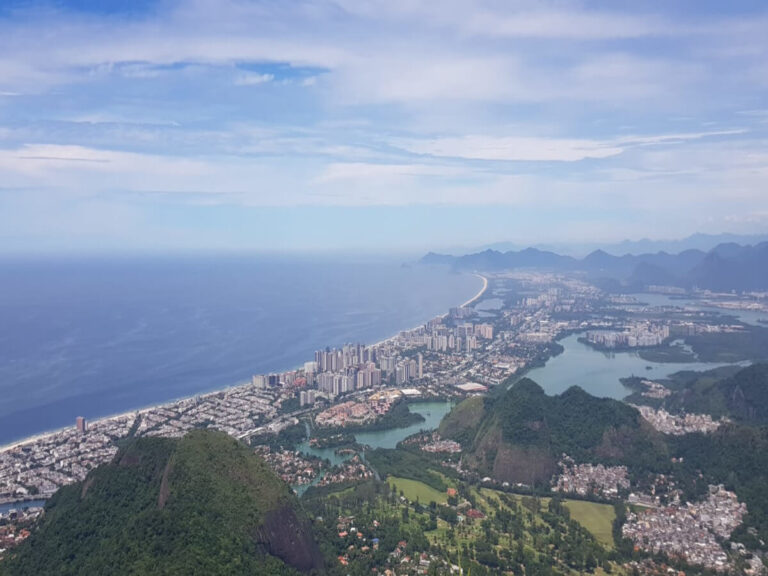
Cabo Frio(3 Days)
Cabo Frio is only 2 hours away from Rio de Janeiro, where the Brazilian coast shines almost all year round. Known for its very cold(the reason for its name) and light blue water, you will be amazed at the views of the place and the surrounding islands.
While I was there, I was amazed by how beautiful the place was. The only disadvantage is that the water is very cold; it was funny to see many people scared to get into the water.
Spend three days there diving or just joining tours to explore the beaches in the region. Arraial do Cabo and Buzios are fantastic places to visit. You can easily find local companies offering tours to these places once you are there.
A great beach to explore is the Praia do Forte; I love to go there early in the morning for a running session. If that’s your thing, you will enjoy the great views while exercising.
Cabo Frio is a great place to experience Brazilian beach culture.
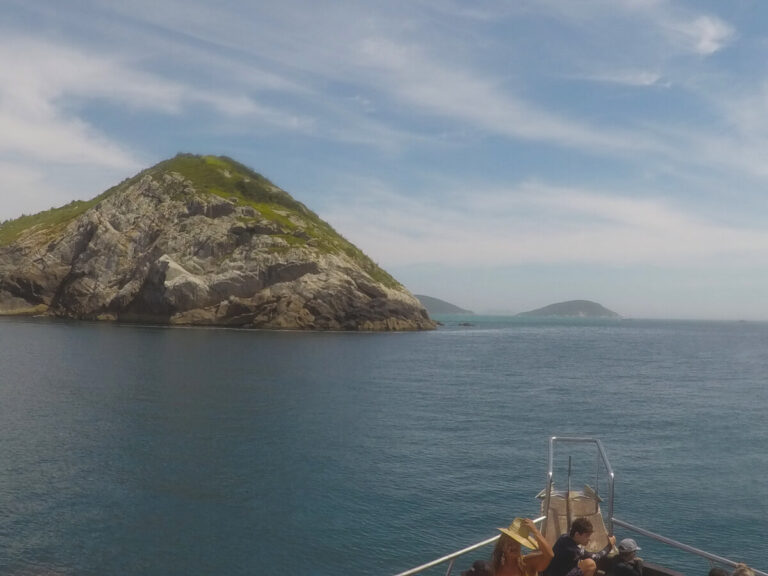
Ilha Grande(3 Days)
Ilha Grande is the Caribbean of Brazil—an island with more than 100 beaches and plenty of places to explore! Don’t worry about the transportation because you can take a boat ride from Cabo Frio to the island.
This ecological paradise is the last beach stop before heading to more cities in this itinerary. What makes Ilha Grande unique is its nature, where the sea meets dense forests.
Besides the usual beach relaxation, you can switch up the vibes of your trip by going on some hikes on the island.
The main trails on the island are the Abraão Loop, Lopes Mendes Beach, and Pico do Papagaio; the latter is more challenging, and it is better to hire a guide because it is quite easy to get lost there.
After the hike (or the hikes), you can join a boat tour to explore the island. The tour lasts the entire day and will bring you to several parts of the island, staying on each for a few hours. It is a good way to get an overview of all options.
Belo Horizonte(4 Days)
Well, it is time to bring more history and food to this Brazil itinerary for 3 weeks. Belo Horizonte (or “Beagá,” as locals call it) is a very cultural and gastronomic city. Even though there are more bars per capita than anywhere else in the country, the city has a lot more to offer.
Go for a cycling ride or running session around Pampulha Lake; you can end it with a nice and healthy meal, enjoying the views and the sunset. The Art Museum and the Sao Francisco de Assis Church are worth a visit.
What makes Belo Horizonte special is its food revolution. At the Mercado Central, try their cheese bread (pão de queijo) hot from the oven, Doce de leite (sweets), and exotic fruits like pequi(I don’t like Pequi but many people love it! Maybe I’m weird).
Botecos (small bars) are one of the main activities in this city. If you want to feel and see how Mineiros (That’s what we call people from the State of Minas Gerais) enjoy life after work, this is your chance. The most popular neighborhoods for botecos are Santa Tereza, Savassi, and Lourde e Centro.
Another activity is to take a day tour of Ouro Preto, a historic town in the state where a gold rush happened in the past, and you can learn a lot about Brazilian history and see the presence of Portuguese architecture still preserved.
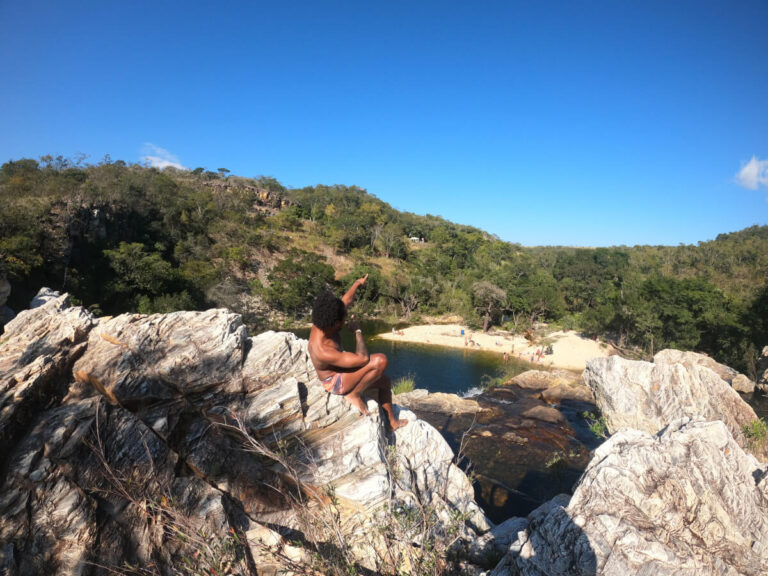
Florianopolis(4 Days)
Florianópolis is an island city connected to the mainland of Brazil by three bridges. If you feel like spending more time at the beach, go to Praia Joaquina or Praia Mole for relaxation or surfing sessions.
For hikes, Lagoa da Conceição is an excellent place for a day tour. There are more than 100 trails on the island, so you won’t run out of options.
Add history to your trip by visiting the Florianopolis Museum and the Historical Museum, exploring the downtown area with its colonial buildings, and going to the public market to try local gastronomy.
Try the Tainha Frita (fried fish), Pastel(pastry with all sorts of flavors in it, sweet or salty) with Caldo de Cana (sugar cane juice, one of my favorites in Brazil!), and Pirao(creamy cassava); these are the most famous dishes on the island.
Floripa, a shorter name for the city given by Brazilians, is a safe island if you are wondering if it is safe to go there solo. The nightlife on the island is strong, with many bars, pubs, and clubs for different types of crowds. If you want to mingle with locals in this Brazil itinerary for 3 weeks after sunset, this is your chance!
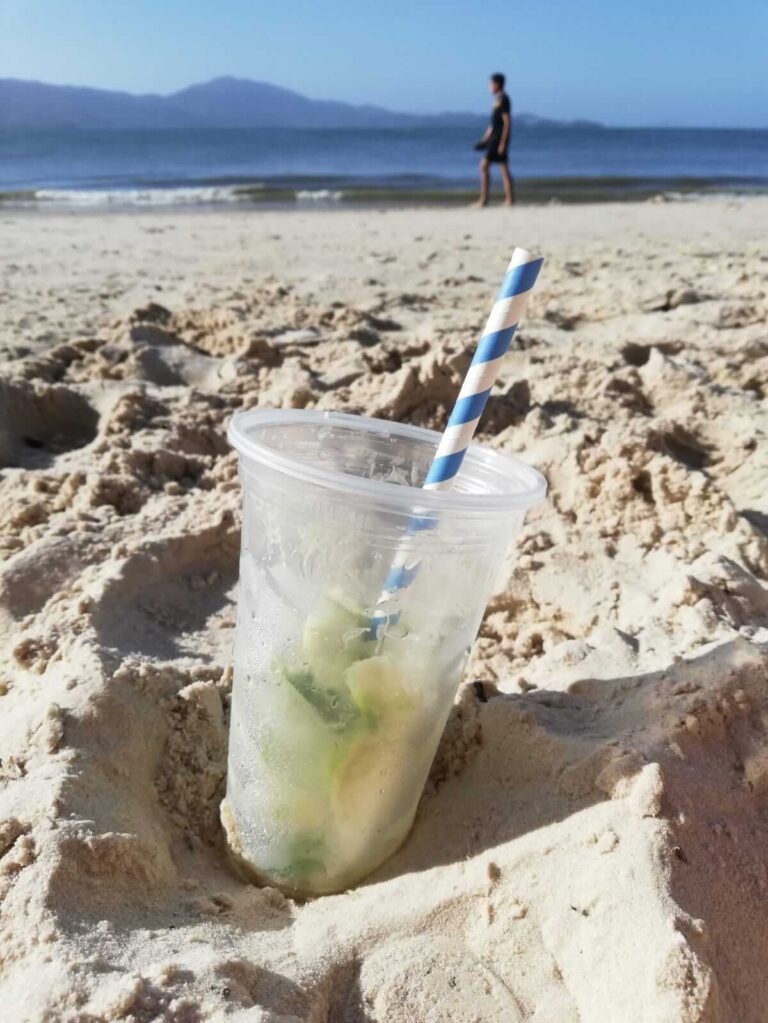
Foz do Iguacu(3 Days)
Foz do Iguaçu is the last stop in this itinerary, where the sound of nature will penetrate your ears. As you might know, the place is home to the Iguaçu Falls, one of the seven natural wonders on the planet.
There are plenty of activities to do, but I recommend you take time to explore both the Brazilian and the Argentinian sides. The Brazilian side offers more panoramic views of the falls, while the Argentine side offers more trails to walk around.
If you are into watching birds and animals, you can visit the Parque das Aves on the Brazilian side; there are more than 140 species in the park.
For a great view from the sky, you can hop on a helicopter ride and see the falls from a different angle. A fun activity is the Macuco Safari, where you hop on a boat and get close to the falls.
Conclusion
This 3-week Brazil itinerary on the Southeast and south sides has taken you from Rio’s urban energy to Iguaçu’s nature, with beaches, history, culture, and adventure in between.
The northeast/north sides itinerary took you to the best places on the coastline, with plenty of fresh food, warm weather, history, and adventures.
I hope you enjoyed reading this article; my goal is to show you a quick overview of how you can plan 3 weeks in my home country. The inspiration for this article came from all the travelers I recently met who always asked me where to go if they had only three weeks to explore Brazil.
As always, your feedback is very important to me. What’s the most interesting place on this list for you? Share your favorite stop in the comments!

